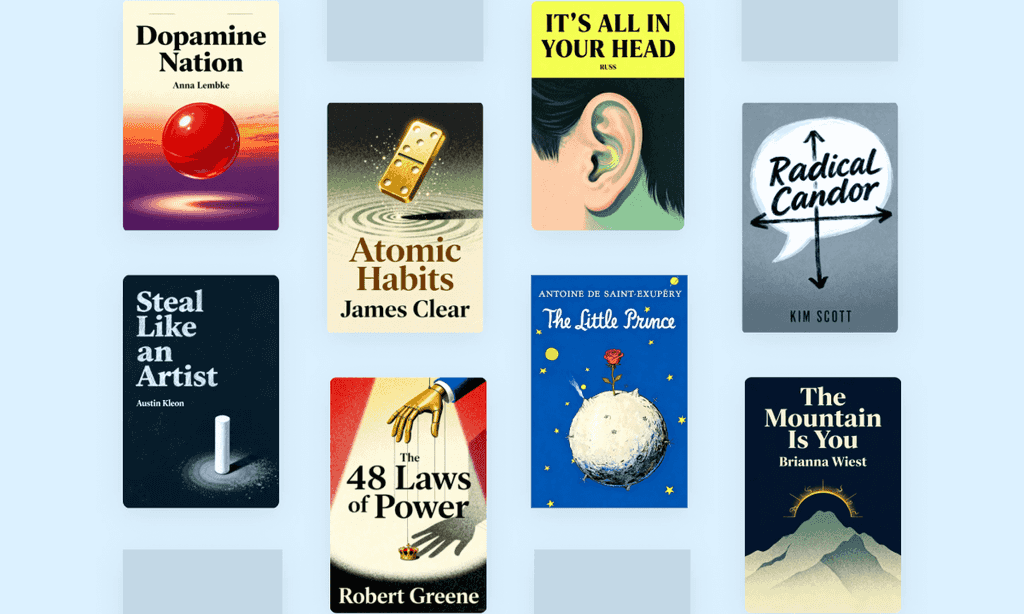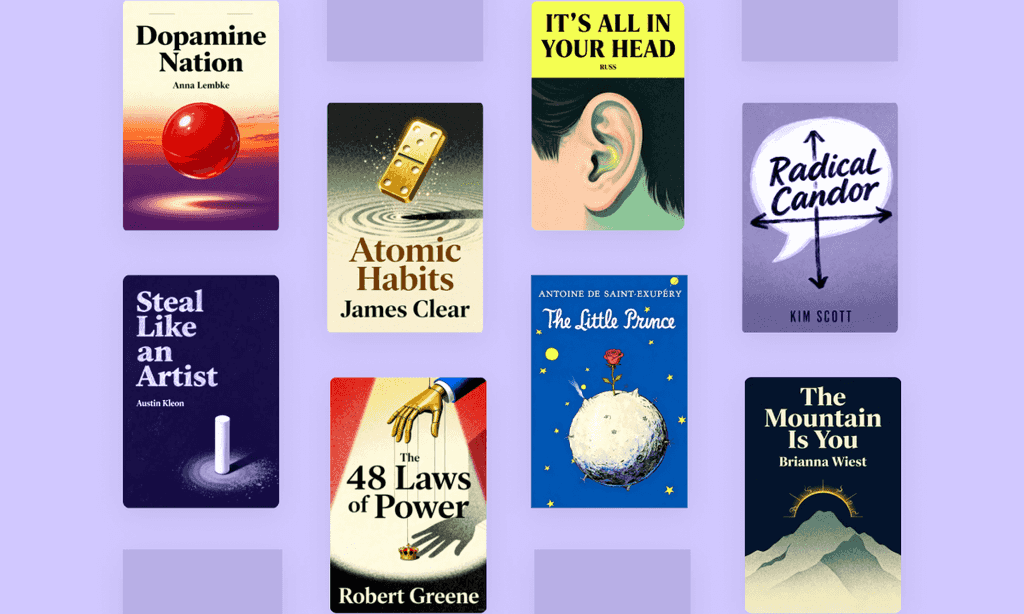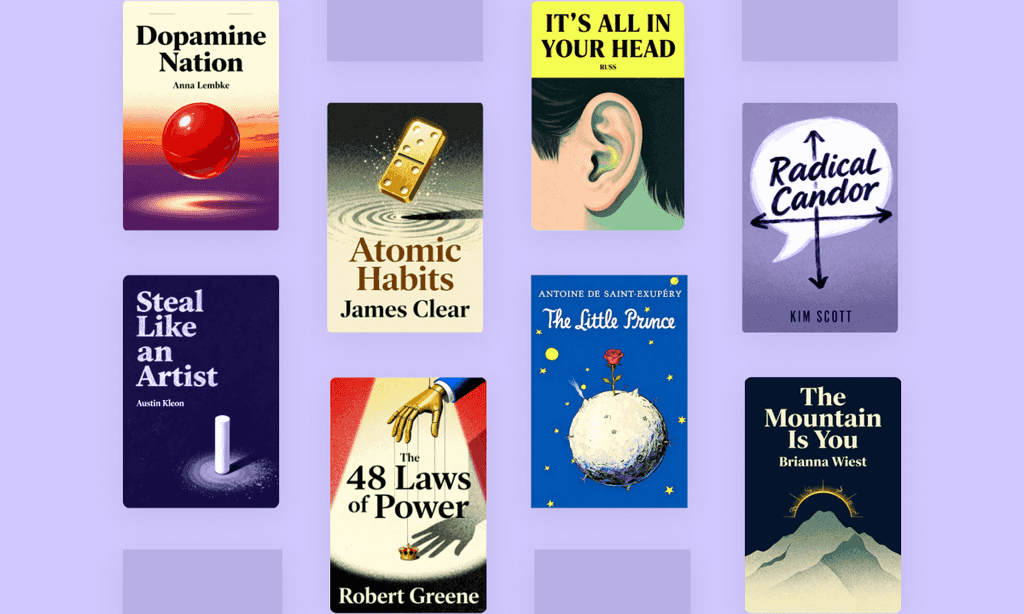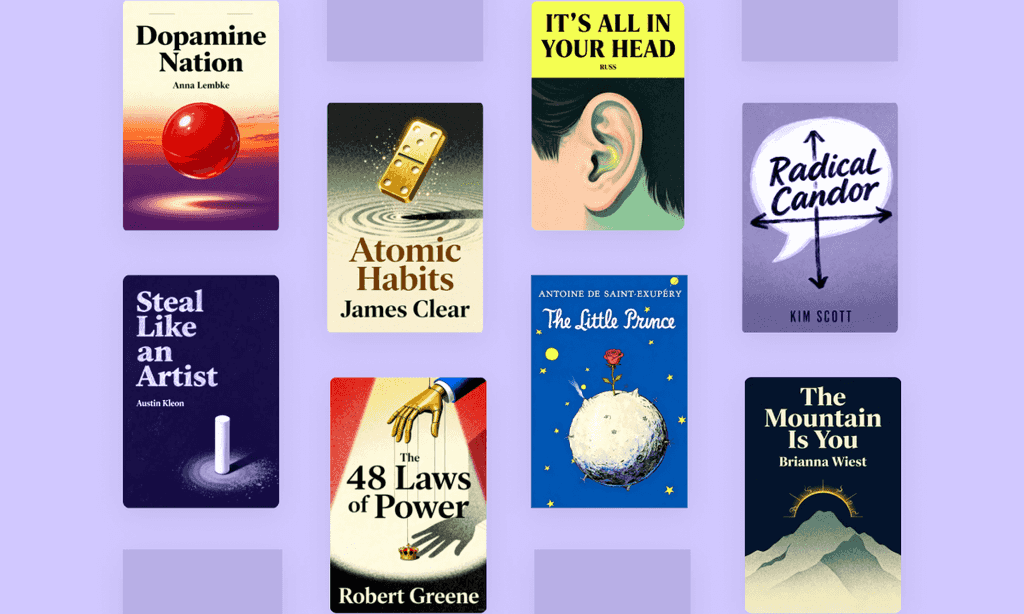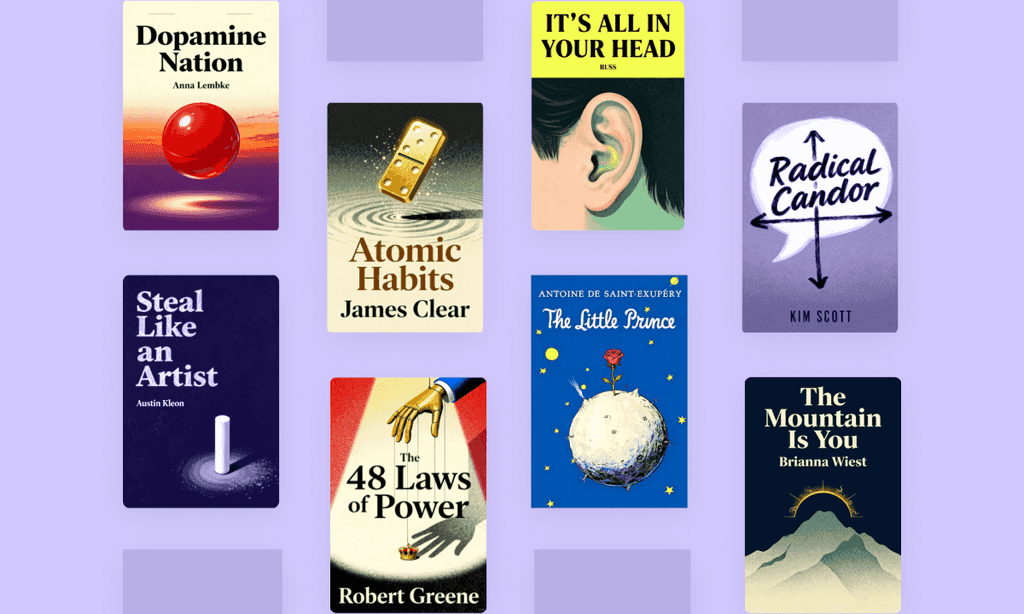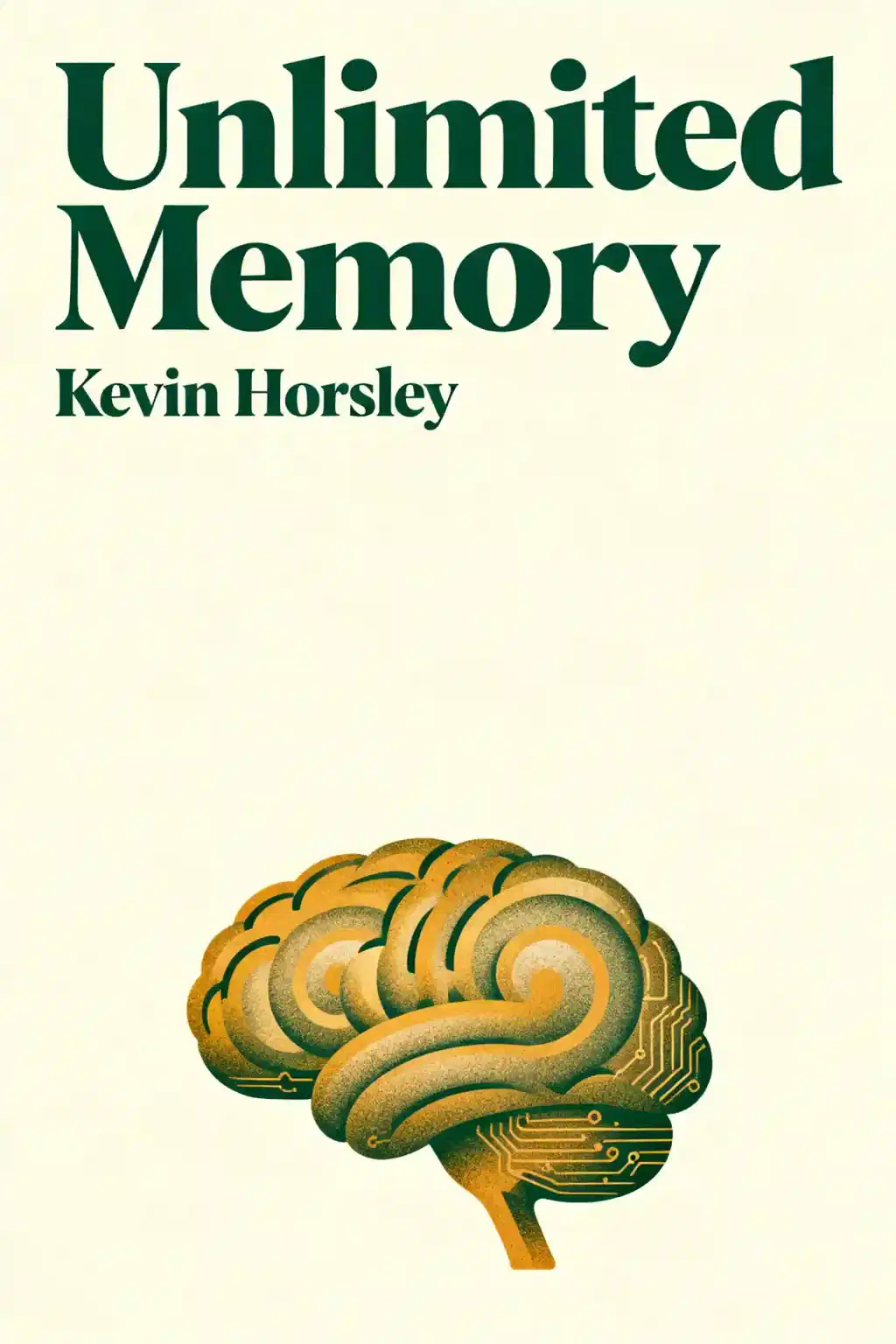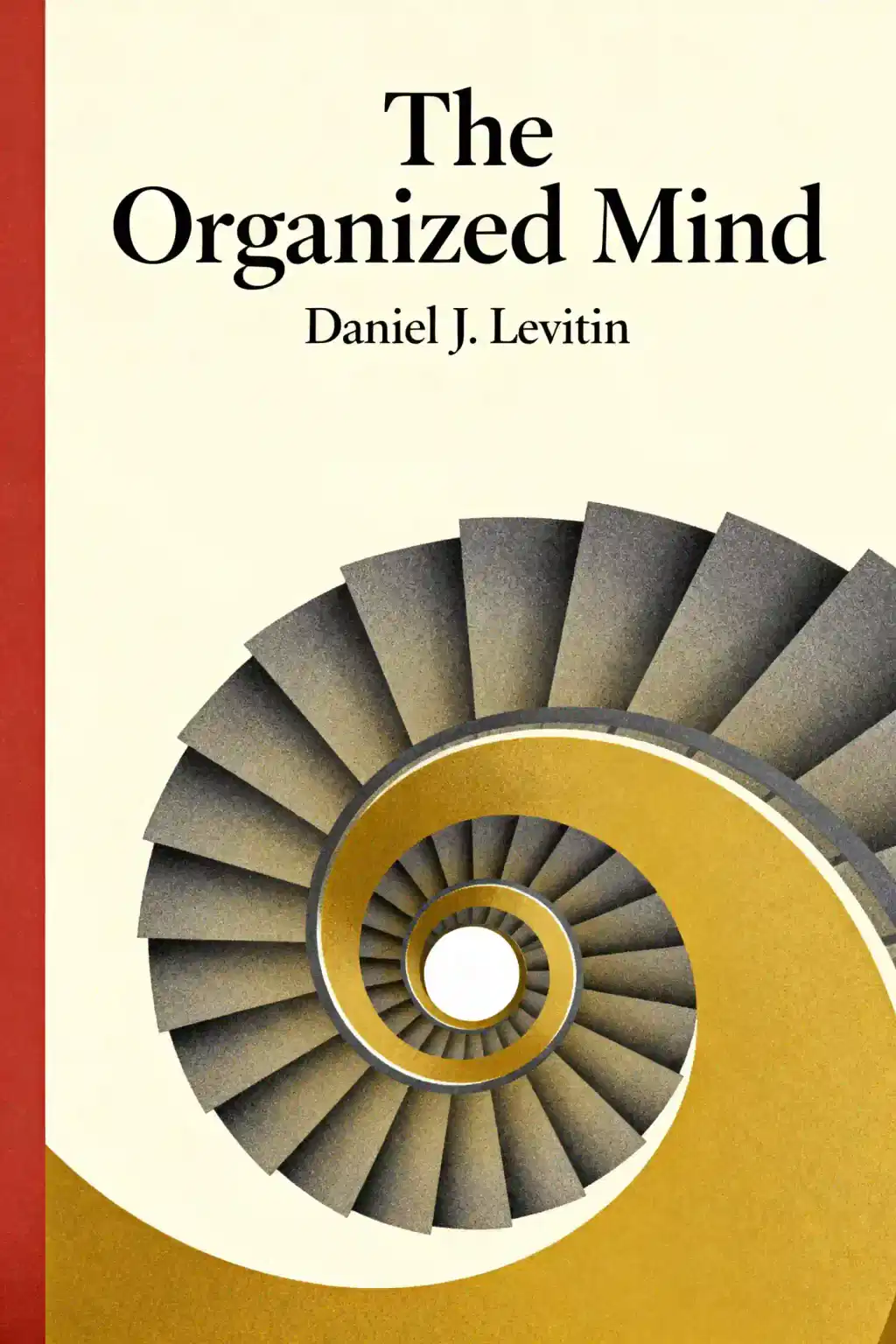
Moonwalking with Einstein by Joshua Foer Summary
Journey from journalist to memory champion in one year. Joshua Foer reveals ancient techniques that transformed ordinary minds into extraordinary ones. Bill Gates called it "absolutely phenomenal," inspiring world champion Alex Mullen through medical school. Can you master the "memory palace" that revolutionized how we remember?
About the author
Joshua Foer, bestselling author of Moonwalking with Einstein: The Art and Science of Remembering Everything, is a journalist and memory science explorer renowned for blending investigative storytelling with cognitive research.
His deep dive into competitive memorization—spurred by winning the 2006 U.S.A. Memory Championship using ancient mnemonic techniques—anchors this nonfiction work, which bridges neuroscience, history, and self-improvement.
A Yale graduate, Foer’s writing has appeared in The New York Times, National Geographic, and The New Yorker, and he co-founded Atlas Obscura, the acclaimed platform and #1 New York Times bestselling book cataloging global wonders.
His TED Talks and media appearances dissect memory’s role in human identity, while his upcoming book explores Mbendjele pygmy culture in the Congo Basin. Moonwalking with Einstein became a cultural phenomenon, finalist for the Royal Society Winton Prize, and inspired a Columbia Pictures film adaptation, cementing Foer’s status as a chronicler of the mind’s extraordinary potential.
FAQs About This Book
Moonwalking with Einstein chronicles Joshua Foer’s yearlong journey from journalist to U.S. Memory Champion, blending memoir, science, and history. The book explores ancient memory techniques like the "memory palace," examines how modern reliance on technology erodes internal memory, and reveals how anyone can train their brain using methods from competitive "mental athletes".
This book is ideal for readers interested in neuroscience, self-improvement, or unconventional narratives. Students, educators, and professionals seeking memory-enhancement strategies will find actionable insights, as will fans of pop-science books like The Power of Habit.
Yes—it combines a personal underdog story with rigorous science, making memory techniques accessible. While some sections delve deeply into historical context, the book’s blend of humor, practical advice, and Foer’s championship win earned it a New York Times bestseller spot.
Foer highlights three methods:
- Memory Palace: Visualize information in familiar physical spaces.
- PAO System: Assign vivid personas/actions to numbers for recall.
- Image Association: Link abstract data to memorable, often absurd imagery (e.g., Einstein moonwalking).
The "OK plateau" describes the stage where skill improvement stalls. Foer emphasizes deliberate practice—focused, goal-driven training—to push past this plateau, a concept he applied to memorize decks of cards in under two minutes.
Images act as cognitive anchors, making abstract information sticky. Foer cites centuries-old practices where vivid, emotional, or bizarre imagery (like “moonwalking Einstein”) enhances recall by tapping into the brain’s visual and spatial networks.
The book traces memory’s decline from a revered skill in ancient Greece/Rome to its replacement by printing presses and digital tools. Foer argues that outsourcing memory weakens cognitive depth, urging readers to revive internal memorization.
Some critics note uneven pacing, alternating between Foer’s memoir and dense scientific/historical tangents. Others argue the book oversimplifies memory’s complexity, though most praise its engaging approach to niche subject matter.
Yes. Techniques like chunking phone numbers into stories or using loci for speeches are practical for exams, presentations, or names. Foer stresses that mastery requires consistent practice, not innate talent.
Unlike dry manuals, Foer’s narrative-driven style mirrors The Orchid Thief, blending reportage with self-experimentation. For step-by-step guides, readers might pair it with The Memory Book by Harry Lorayne.
Originating with the poet Simonides, this method involves mentally placing information in real or imagined locations (e.g., your childhood home). Foer used this to memorize poetry, card sequences, and random digits.
Foer contends that memory fosters creativity, critical thinking, and personal identity. While technology stores facts, internalizing knowledge allows richer intellectual connections—a theme echoed in his critique of Google’s impact on learning.
Quick Summary Mode - Read or listen to Moonwalking with Einstein Summary in 8 Minutes
Break down key ideas from Moonwalking with Einstein into bite-sized takeaways to understand how innovative teams create, collaborate, and grow.
Flash Card Mode - Top 12 Insights from Moonwalking with Einstein in a Nutshell
Distill Moonwalking with Einstein into rapid-fire memory cues that highlight Pixar’s principles of candor, teamwork, and creative resilience.

Fun Mode - Moonwalking with Einstein Lessons Told Through 21-Min Stories
Experience Moonwalking with Einstein through vivid storytelling that turns Pixar’s innovation lessons into moments you’ll remember and apply.
Personalize Mode - Read or listen to Moonwalking with Einstein Summary in 0 Minutes
Ask anything, pick the voice, and co-create insights that truly resonate with you.

From Columbia University alumni built in San Francisco
See More Stories?

Get the Moonwalking with Einstein summary as a free PDF or EPUB. Print it or read offline anytime.






